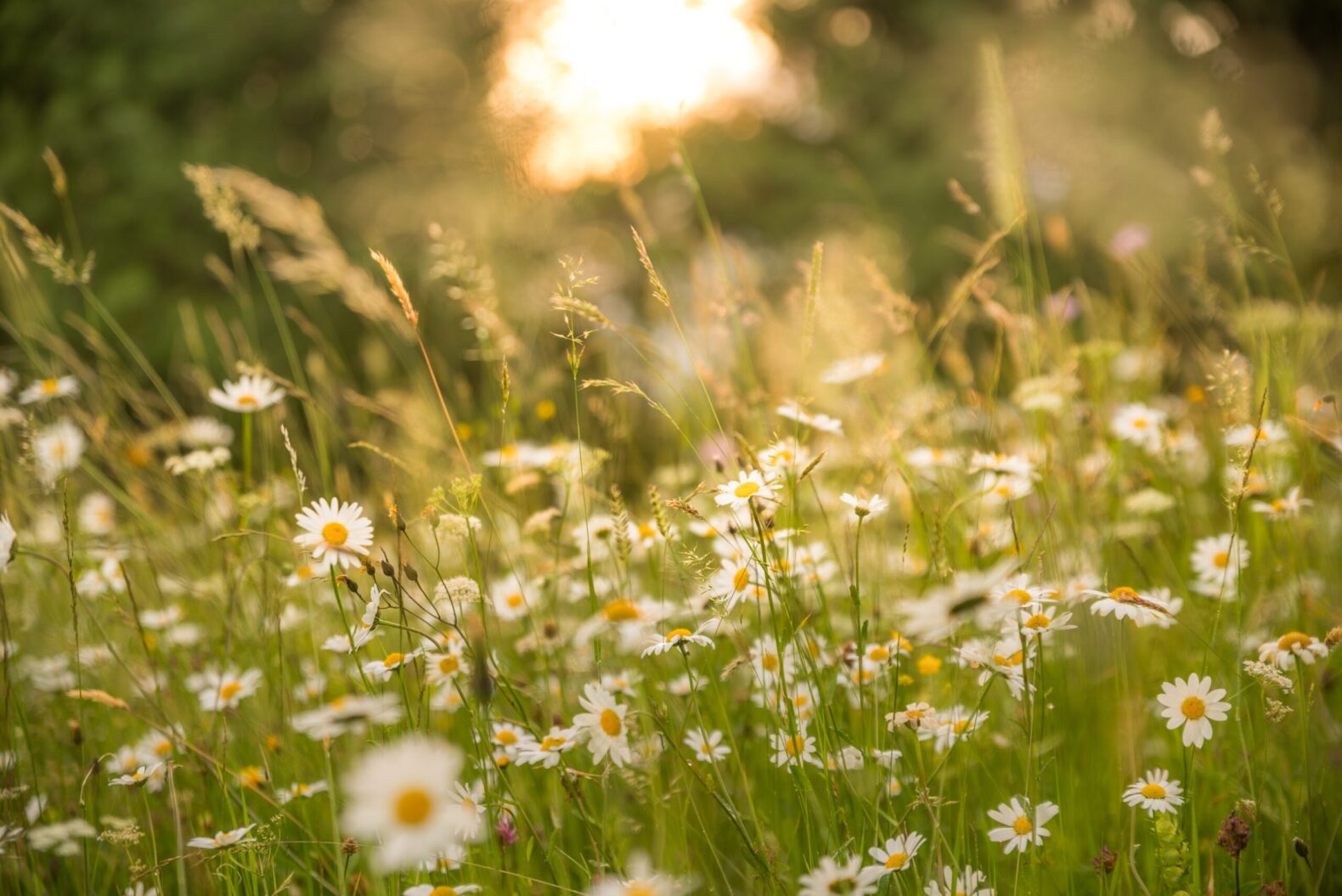Suggestions
Grounds Maintenance, Landscape Creation, Arboriculture, Sports Surfacing, Parks management, IOS Managing Safely Training, Ecology & Biodiversity, Grass cutting, Horticulture, Street Cleaning, Soft Landscaping, Hard Landscaping
Our Services
idverde provides a wide range of green services, including grounds maintenance, landscape creation, and advice services, to both private and public sectors across the UK.
Let’s spring into action with No Mow May
Every year idverde supports our clients with the No Mow May initiative. Whether you are interested to know more about No Mow May for your community space, or understand more about the benefits – and challenges – of No Mow May, you can find out more here.
More projects forNo Mow May – A Guide
No Mow May is an environmental campaign launched by the British Conservation charity, Plantlife. Introduced in 2019, No Mow May has since seen increasing participation nationwide.
With significant habitat loss occurring in Britain, No Mow May encourages individuals and custodians of community spaces to consider leaving the plant life to grow during May in order to nurture the potential benefits of longer grass and plants as major sources of nectar for bees and other wildlife.
Why do local authorities and other private land owners take part?
In recent years, local authorities and private landowners have identified that No Mow May extensively benefits biodiversity and habitat enhancement. Therefore, they are encouraging park maintenance contractors like idverde, and individuals to team up and get involved.
Whether by letting their own gardens grow, or enjoying watching the wildlife flourish in community spaces, together we can make a difference. With over 23 million garden owners in the UK, No Mow May seeks to free local green spaces from the mower and provide nature space to grow and breathe during the month of May.
As tempting as it may be to unleash the lawnmower, allowing grass to grow unlocks the potential for bee-friendly wildflowers and can result in enough nectar for ten times more bees and other pollinators.
What is the effect for idverde?
idverde supports the No Mow May initiative as it brings a wealth of benefits to the environment and wildlife. Biodiversity enhancement and nature-based solutions are huge driving forces behind idverde’s management of landscapes and activities as stewards to the natural world around us.
A recent study has discovered over 200 species were found flowering on lawns including rarities such as meadow saxifrage, knotted clover and eyebright when relinquishing the mower for a month.
That said, we know it can also cause disruption in some areas. For example, where there is high footfall or shared space, where people want to play sports etc. Others can perceive it as simply a money saving exercise rather than an environmental benefit. In fact, this view is incorrect because the number of cuts and contractual obligations are usually set out at the start of the year and not impacted by No Mow May. In addition, if the grass gets too long, we are unable to use our electric equipment and have to employ traditional tools which can be more costly to use.
For more information
If you’re keen to get involved, then keep an eye on our socials for further updates and check out the handy information leaflet below. This guide will provide a deeper understanding of the scheme, how to encourage local communities to get involved and support and respond to some of the pros and cons of the scheme.
Click to download: Information for local authorities
Click to download: Information for the public
Keeping local communities informed is also important, in order to encourage community engagement and involvement as well as informing individuals about what to expect in their parks and walking routes during the month. The draft press release below can be used to update local press and help keep residents, visitors and workers in the area informed.
Click to download press release

